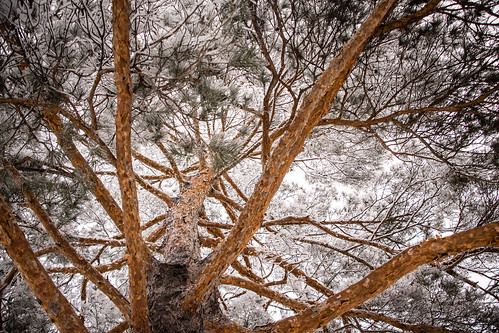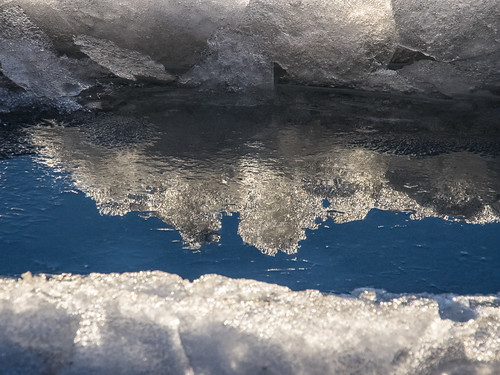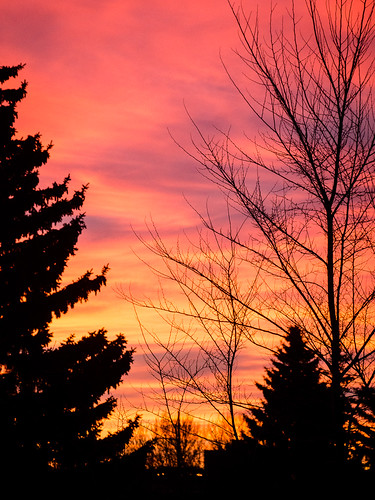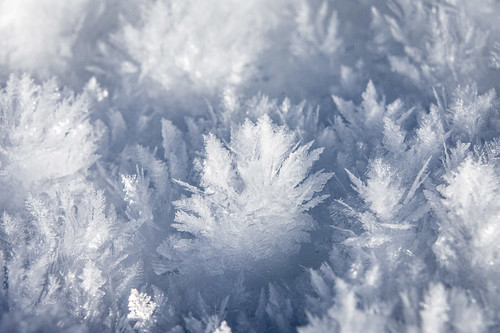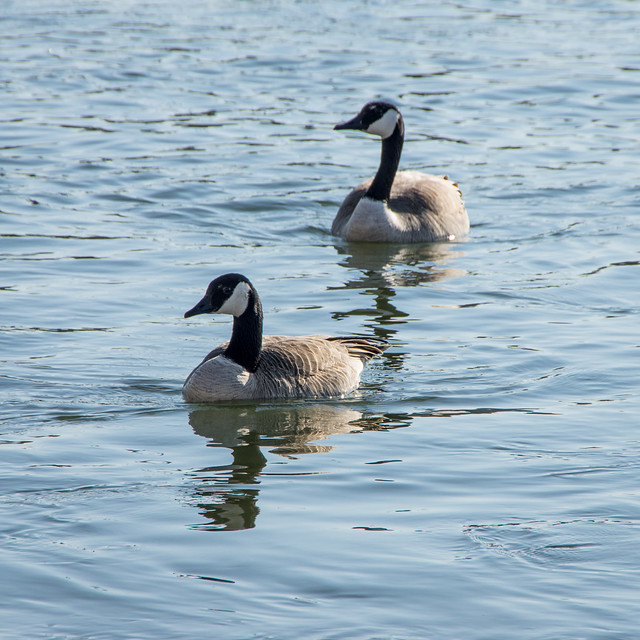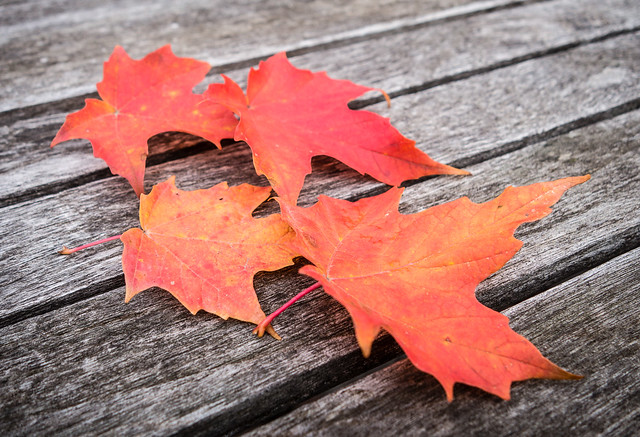Note: This article is based on a conversation with Mike Velonas, Manager of Planning and Consservation, Meewasin Valley Authority, and emails from Alan Wallace, Director of Planning and Development, City of Saskatoon.
The northeast swale is an ancient river channel that stretches north and then east from the Forestry Farm before connecting with the current river valley at Clark’s Crossing. It’s a shallow rock-strewn basin that stretches for 26 kilometers.
The Meewasin Northeast Swale (The Swale) is the small portion of the swale that falls within City of Saskatoon boundaries (300 of 2800 hectares in total). The remaining 90% of the swale falls within the rural municipalities of Corman Park and Aberdeen and is referred to as the Greater Swale.
The Swale represents one of the few remaining remnants of native prairie ecosystem and is an important wildlife corridor that is home to more than 200 native plant species, 180 bird species, and a variety of other animals. It is a natural filter for air and water and helps to mitigate flooding in surrounding neighbourhoods.
Meewasin Valley Authority
The
Meewasin Valley Authority was created in 1979 by an Act of the Province of Saskatchewan and is the means by which its three participating parties – City of Saskatoon, Government of Saskatchewan, and the University of Saskatchewan – have chosen to manage the Meewasin Valley in the South Saskatchewan River Basin.
The MVA’s mission is to “ensure a healthy and vibrant river valley, with a balance between human use and conservation by providing leadership in the management of its resources, promoting understanding, conservation and beneficial use of the Valley, and undertaking programs and projects in river valley development and conservation, for the benefit of present and future generations.”
The MVA has long recognized the importance of protecting The Swale. Raymond Moriyama’s initial concept plan for the South Saskatchewan River area identified the importance of The Swale for the City of Saskatoon in 1978. In the early 1990s, the MVA commissioned a report to identify priority areas for protection. Again, The Swale was on the list.
The Meewasin Valley Authority has made protecting The Swale a priority and has worked hard to convince its partner organizations of the area’s relevance. It is due in large part to their efforts that there has been an evolution in the way urban planners have looked at this area.
Changing Attitudes
In the 1970s, The Swale was set apart from the built-up area of Saskatoon, its only neighbours the University of Saskatchewan and the community of Sutherland. There was little impetus to build in this area as the high groundwater level would make it difficult and costly to dig and service. “90% of the surface water you see in The Swale is groundwater,” Mike Velonas, Manager of Planning and Conservation, Meewasin Valley Authority (MVA), explains.
In the 1980s, the City started planning the University Heights sector. This called for the construction of new neighbourhoods in and around The Swale.
Mike Velonas believes that a review of these recent neighbourhood developments indicates an evolution in our thinking about the Swale and its importance in an urban environment. As Alan Wallace, Director of Planning and Development, City of Saskatoon, explains, the regulatory framework changed as environmental issues became more important and planners recognized the significance of The Swale.
A portion of the Silverspring neighbourhood, constructed in the mid-1990s, was built more or less on top of The Swale. The MVA fought to protect 34 acres of grasslands. This area, now known as the Saskatoon Natural Grasslands, carved a chunk out of the residential development that can be easily seen on a map of this neighbourhood.
Silverspring neighbourhood demonstrated the need to do more advance environmental screening in the Sector planning process. As a result, the City amended its Official Community Plan to incorporate new standards for environmental screening.
One of the next neighbourhoods to be developed in University Heights was Evergreen. This time, as a result of the environmental screening process, the City did not attempt to build on top of The Swale but rather nestled up against it. However, Fedoruk Drive, Evergreen’s northern boundary, is effectively in The Swale and wet and dry storm water management ponds were constructed inside The Swale.
It’s worth noting at this point that The Swale is not pristine. There are four roads in The Swale (Central Avenue, Lowe Road, Agra Road, Range Road 3045) and other disturbances beyond what has occurred during more recent construction.
Another example of the value of the environmental screening process is the proposed neighbourhood of Aspen Ridge, which is built entirely on cultivated land outside The Swale and incorporates a greenway to act as a buffer zone. As Alan Wallace explains, the 24-metre greenway is comprised of a 15-metre ecological buffer, a trail zone, and a transition zone, and is designed to serve as separation between the back of residential lots and the boundary of The Swale.
Development Guidelines
The vast majority of The Swale lies outside current city limits, within the RMs of Corman Park and Aberdeen where it has little or no protection.
In contrast, the City of Saskatoon and the Meewasin Valley Authority have, over the last few years, taken significant steps to recognize and protect the portion of the northeast swale that falls within city limits and have developed a wide variety of regulatory tools to protect the area.
“It’s important to note that The Swale has several existing layers of protection,” Alan Wallace explains. They are as follows and in no particular order:
1. University Heights Sector Plan: The map of the University Heights Sector identifies The Swale as an important natural area. No urban development may occur within The Swale without City Council amending the
University Heights Sector Plan.
2. Northeast Swale Development Guidelines: In 2002, the City contracted Stantec to develop the Northeast Swale Guidelines. The guidelines designated the appropriate areas for road crossings and other infrastructure within the Swale.
The 2002 report focused on identifying routes through the driest areas of the Swale in order to protect the wetlands. However, in 2011 the MVA conducted an ecoblitz and realized that the heart of The Swale – the area of greatest interest and greatest biodiversity – was also the area the 2002 Guidelines identified as a corridor for roads and power.
The MVA determined that the corridor would have to be moved in order to protect The Swale. As a result of their actions, the
Northeast Swale Development Guidelines were updated in 2012 to provide greater protection for this area by moving the location of the roads and power corridor.
The 24-meter Greenway in Aspen Ridge is an example of the protective features included in the Development Guidelines.
3. MVA Conservation Zone: The Swale (the area within city limits) is contained within the MVA Conservation Zone. As such, no development will be permitted which is contrary to the North East Policy and related policies which are in place to protect The Swale.
4. Meewasin Valley Authority Resource Management Plan: The
Resource Management Plan outlines what should be done to maintain biodiversity in the Swale.
5. Public Ownership: The City of Saskatoon owns the land area comprising the NE Swale within city limits. Any attempt to sell part of this land would need to be approved by the City’s Land Bank Committee and City Council.
6. The Meewasin Northeast Swale Master Plan: In Fall 2015, the City of Saskatoon and Meewasin Valley Authority adopted the
Northeast Swale Master Plan to “support conservation, education and passive recreation while integrating this rare and natural area into the growing urban form …. The Master Plan’s design objectives include conserving biodiversity, supporting passive recreation, accommodating education and research, interpreting history and supporting a communications plan. Further considerations include maintaining site connectivity and nocturnal light levels, providing pedestrian connections to adjacent areas and public safety and accessibility.”
As Mike Velonas explains, Meewasin Valley Authority’s goal in creating the Master Plan was to balance the needs of people with those of the plants and wildlife that live in the Swale by providing the public with controlled access to the Swale. The Master Plan will serve as a framework for future decision-making but is dependent on funding.
The MVA will attempt to fence the perimeter of The Swale as phase 1 of the Master Plan.
7. Environmental Reserve: The Administration will be reporting back to City Council on the implications of designating the NE Swale as an environmental reserve in February 2016.
Conservation Opportunity of a Lifetime
The
Northeast Swale Watchers keeps a close eye on activity in and around The Swale and have a number of concerns (
The Northeast Swale: Saskatoon’s Conservation Opportunity of a Lifetime). However, it is important to recognize that there has been considerable progress over the last 20-30 years and the Meewasin Valley Authority and the City of Saskatoon have taken significant steps to protect this important natural area and integrate it with urban development.
A
regional planning process is currently underway. We can only hope that the regional plan will ensure that the Greater Swale (which is outside city limits) will also undergo an environmental screening and protection process.
By acting together and maintaining our efforts, we can protect the northeast swale for future generations.
See Also
The Northeast Swale: Saskatoon’s Conservation Opportunity of a Lifetime (a conversation with Louise Jones and Candace Savage, Northeast Swale Watchers)
Giving Nature a Voice at the Urban Planning Table
The Northeast Swale: Ancient River Valley, Urban Nature Reserve
Meewasin Valley Authority
